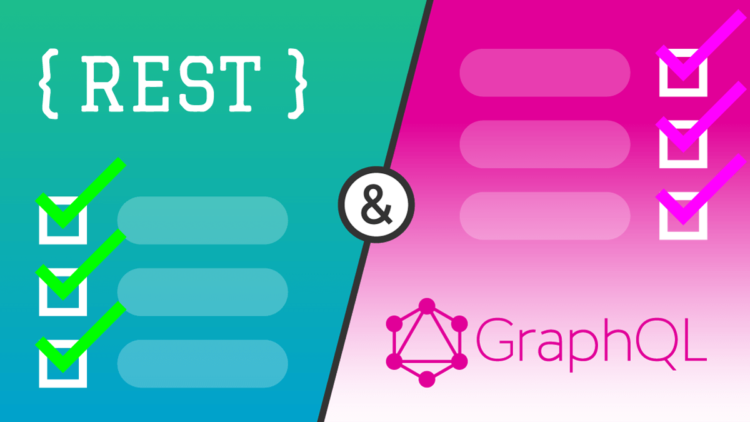Differences between REST and GraphQL
REST and GraphQL are two technologies that focus on data transmission over Internet protocols such as HTTP. And the fact is, both solutions have the same purpose. However, they use different approaches to reach it. In the following article, we introduce the main differences between REST and GraphQL.
This article is based on this publication https://www.elpassion.com/blog/rest-vs-graphql-all-you-need-to-know.
What is REST?
Created by Roy Fielding in 2000, REST stands for representational state transfer, and it is an architectural style of API, i.e., application programming interface. It allows users to define the format of transferred data and to perform CRUD (create, read, update, and delete) operations between the client and the server.
What is GraphQL?
GraphQL is a query language that offers one interface between the client and the server. GraphQL is mostly used for retrieving and manipulating data. It was designed to provide an intuitive and flexible syntax. Facebook engineers created it in 2012, but its source code was not opened until 2015. GraphQL gives the client and server an easy way to access data using fewer resources than in the standard REST API, which is why it was created mainly for mobile applications.
REST vs. GraphQL
PERFORMANCE OF DATA OPERATIONS AND ENDPOINTS
When implementing REST into an application, multiple endpoints are needed to fetch different kinds of data. In other words, there are many requests to different endpoints to retrieve data. REST uses different methods to perform data operations (POST, GET).
In turn, GraphQL has only a single entry point to retrieve desired data. What’s more, GraphQL uses queries and mutations to perform data operations.
CACHING
The REST API implements automatic caching during the operations like POST, GET, etc. GraphQL, on the other hand, does not follow HTTP, so there is a lack of automatic caching.
PREDICTABILITY AND VERSIONING
GraphQL shows high predictability (predictable results). By sending a query to the API, you get accurate results. How REST behaves depends on the URL and HTTP methods used. This causes unnecessary inclusions, and thus REST is not as predictable as GraphQL.
When it comes to versioning, you won’t find standardized guidelines for REST. To put it simply, there is no API versioning. On the contrary, GraphQL follows a straightforward and clear approach to versioning.
THE USAGE OF ARCHITECTURE
GraphQL makes use of a client-driven architecture, whereas REST leverages a server-driven architecture. In the case of REST, the server determines the number of endpoints, their form, the required request parameters, and the response structure. Server and client are completely autonomous. However, when it comes to GraphQL – Clients send a query in the request for what they want to download. The client defines the exact structure of the response and only gets the data set it needs.
Of course, you can find even more differences between REST and GraphQL. Each of these technologies can prove useful, depending on your needs. REST API will be great for uploading photos, confirming tokens, and password reset. In turn, GraphQL is an efficient client that provides the content and data needed for each planned view of a website or application.

















